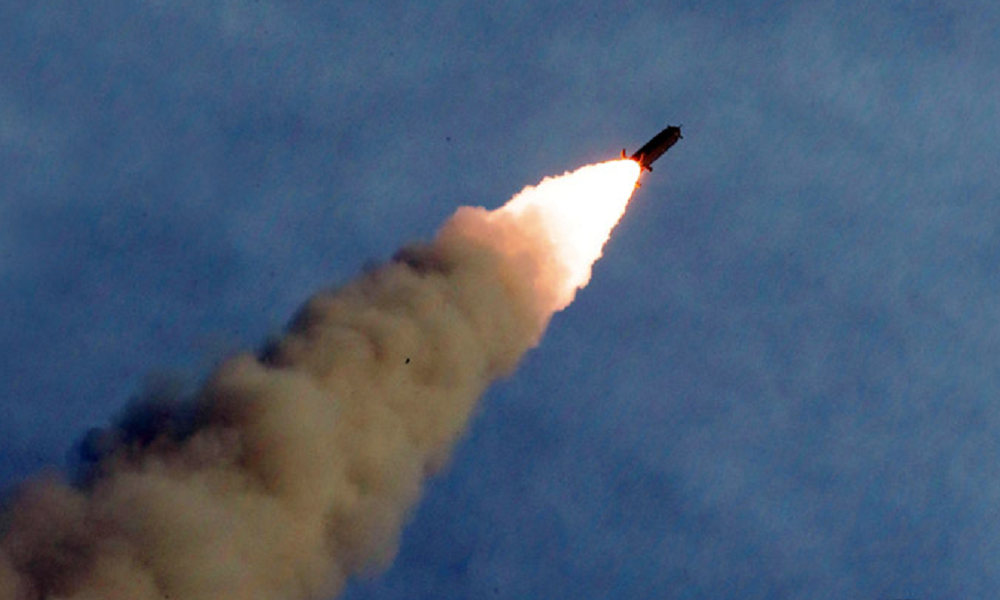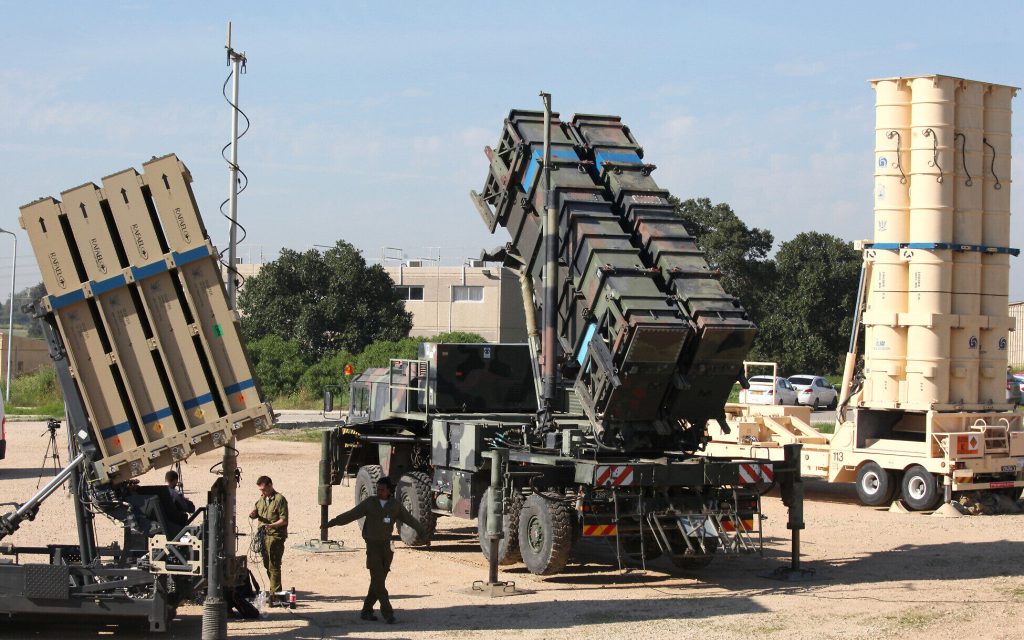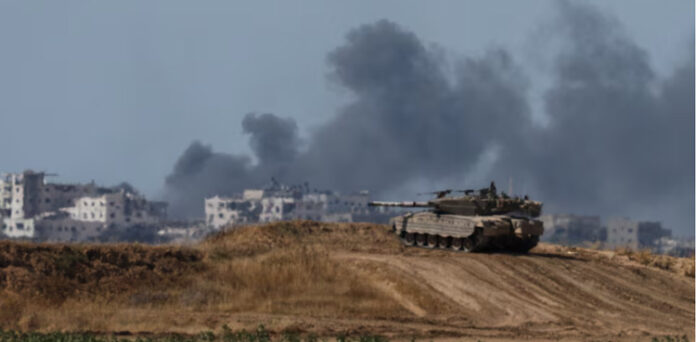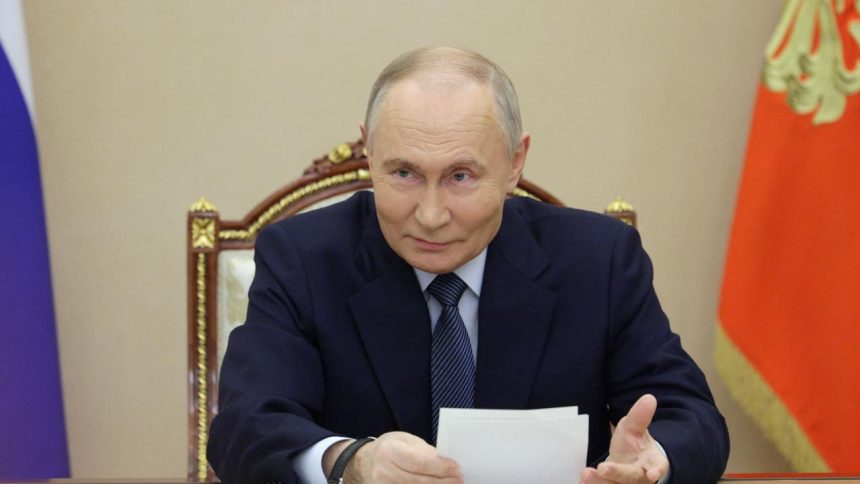The conflict in Ukraine has entered a new phase of heightened tension as Russian President Vladimir Putin announced plans to continue combat testing of a new hypersonic missile.
Dubbed the Oreshnik, this advanced weapon was recently deployed in an attack on the Ukrainian city of Dnipro, sparking concerns over an evolving threat. Ukrainian President Volodymyr Zelensky has responded by appealing to allied nations for updated air defense systems capable of countering these advanced missiles.
The escalating rhetoric and actions came amid growing fears of intensified attacks. On Friday, Ukraine’s parliament temporarily shut down, citing potential missile strikes. Meanwhile, calls for de-escalation from nations like China were met with skepticism by Kyiv, with Zelensky condemning Russia’s aggressive use of experimental weaponry.

In a televised meeting with senior military officials, Putin confirmed the successful test-firing of the Oreshnik missile in combat conditions and pledged to conduct more trials. “We will continue these tests, including in combat scenarios, depending on the situation and the nature of security threats to Russia,” he stated.
Additionally, he announced plans to begin serial production of the hypersonic missile, signaling Moscow’s intent to integrate the weapon into its military arsenal on a larger scale.
READ ALSO: Donald Trump Appoints Hedge Fund Veteran Scott Bessent as Treasury Secretary
The Oreshnik missile represents a significant advancement in military technology. Hypersonic missiles, which travel at speeds exceeding Mach 5, are challenging for conventional air defense systems to intercept. This capability provides Russia with a strategic advantage, allowing it to strike targets swiftly and with greater precision.
In response, Ukrainian President Zelensky has intensified his plea to allied nations for upgraded air defense systems. Speaking in his nightly video address, Zelensky emphasized the urgency of countering Russia’s new missile threat. “We need updated systems that can neutralize these advanced weapons,” he said. His remarks underscored the limitations of Ukraine’s current defensive capabilities in the face of hypersonic technology.

Zelensky also criticized what he called Russia’s disregard for calls for restraint from the international community, including nations like China. “From Russia, this is a mockery of the position of states such as China and the Global South—leaders who consistently call for calm and restraint,” Zelensky remarked.
China, which has maintained a neutral stance on the conflict, reiterated its call for “calm” and “restraint” on Friday, urging both sides to avoid escalating tensions. However, Beijing’s appeals for moderation appear increasingly disconnected from the realities on the ground, as Russia continues to test and deploy new weaponry.
READ ALSO: Stellar Lumens (XLM) Soars Amidst the Crypto Bull Run
Meanwhile, Western nations have been stepping up military aid to Ukraine, but Zelensky’s latest request underscores the urgent need for more advanced systems. As the battlefield evolves, the ability to counter hypersonic missiles could become a decisive factor in Ukraine’s ability to defend itself against future attacks.
Putin’s decision to test hypersonic missiles in combat conditions is a provocative move with far-reaching implications. It signals Russia’s commitment to advancing its military capabilities, even at the risk of escalating the conflict further. For Ukraine, it highlights the need to secure not just immediate military aid but also long-term technological partnerships to bolster its defensive infrastructure.

As the situation unfolds, the stakes continue to rise. Ukraine’s allies will face increasing pressure to provide the necessary resources to counter this new threat, while Russia’s actions are likely to draw further condemnation from the international community.
For now, the conflict appears poised to enter an even more dangerous phase, with hypersonic weapons potentially reshaping the dynamics of modern warfare.
READ ALSO: Satellite Imagery Uncovers Russia’s Secret Oil Smuggling Operation to North Korea
The announcement of continued hypersonic missile tests by Russia marks a troubling development in the ongoing war in Ukraine. As Putin seeks to showcase his military’s technological advancements, Zelensky’s calls for updated defenses highlight the asymmetric challenges Ukraine faces.
The international community, particularly Ukraine’s Western allies, must now grapple with how to respond effectively to this evolving threat without further escalating the conflict.
The introduction of Russia’s hypersonic Oreshnik missile has intensified the nearly three-year conflict in Ukraine, with Putin warning of potential strikes on Western countries aiding Kyiv. On Thursday, the missile reportedly targeted an aerospace facility in Dnipro, shocking residents with its destructive power.

As Ukrainian forces struggle in eastern regions like Donetsk, Russia claims new territorial gains, advancing steadily near Kurakhove and capturing the village of Novodmytrivka. Ukraine’s parliament, fearing missile strikes, suspended Friday’s session, reflecting heightened concerns in Kyiv.
Meanwhile, the Russian ruble plunged to its lowest level since March 2022, fueled by fears of global conflict. President Zelensky has called for urgent support from allies, stressing the critical need for advanced air defense systems to counter Russia’s growing missile threat.
With both nations racing to solidify battlefield positions, global eyes remain fixed on how the conflict will evolve as geopolitical pressures mount.

